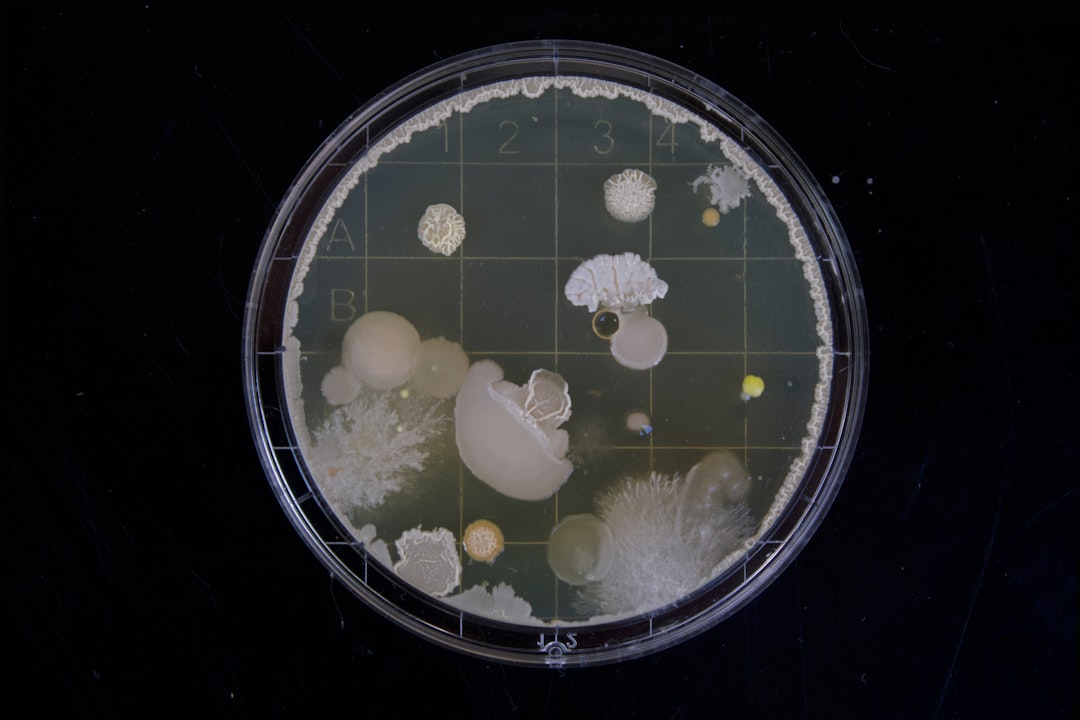Composting has been a cornerstone of sustainable agriculture and waste management for centuries. This natural process transforms organic waste into nutrient-rich soil amendments, benefiting gardens, farms, and the environment. At the heart of composting lies a fascinating microscopic world where microorganisms work tirelessly to decompose organic matter. Understanding this science of decomposition not only enhances the efficiency of composting but also deepens our appreciation for nature's recycling system.
The Basics of Decomposition
Decomposition is the biological breakdown of organic matter into simpler compounds. In the composting process, this occurs in two main stages:
-
Initial Breakdown: Organic materials such as food scraps, leaves, and yard waste are broken into smaller pieces.
-
Microbial Activity: Microorganisms digest the smaller pieces, releasing nutrients like nitrogen, phosphorus, and potassium, essential for plant growth.
The decomposition process is influenced by factors like temperature, moisture, oxygen levels, and the carbon-to-nitrogen (C:N) ratio. Each of these elements provides an ideal environment for microorganisms to thrive.
Microorganisms: The Unsung Heroes
Microorganisms are the primary drivers of decomposition in composting. These tiny organisms work in harmony to break down organic material efficiently. Here’s a closer look at the main types of microorganisms involved:
1. Bacteria
Bacteria are the most abundant decomposers in compost. They initiate and sustain the composting process by breaking down simple organic compounds:
-
Mesophilic Bacteria: Active at moderate temperatures (20-40°C), they start the decomposition process.
-
Thermophilic Bacteria: Thrive at higher temperatures (40-70°C), breaking down tougher materials like cellulose and lignin while sanitizing the compost by killing pathogens.
2. Fungi
Fungi play a crucial role in decomposing complex organic substances such as lignin, which bacteria find difficult to digest. By extending their hyphae (thread-like structures), fungi penetrate tough plant materials and contribute to breaking them down into simpler forms.
3. Actinomycetes
These specialized bacteria are responsible for the earthy smell of compost. Actinomycetes break down woody and fibrous materials, releasing nutrients that other microorganisms can use. They work at the later stages of composting, preparing the material for its final transformation into humus.
4. Protozoa and Nematodes
These microscopic predators feed on bacteria and fungi, regulating their populations and ensuring a balanced microbial ecosystem. While they don’t directly decompose organic matter, their activity supports the overall process.
Creating the Ideal Environment for Microorganisms
To ensure efficient composting, it is essential to provide optimal conditions for microbial activity:
-
Temperature: Maintaining a temperature range of 40-60°C allows thermophilic bacteria to thrive and ensures the compost pile heats up enough to kill pathogens and weed seeds.
-
Moisture: A moisture content of about 50-60% is ideal. Too much water can create anaerobic conditions, while too little water slows down microbial activity.
-
Aeration: Turning the compost pile introduces oxygen, which is critical for aerobic microorganisms. Lack of oxygen can lead to unpleasant odors caused by anaerobic decomposition.
-
C:N Ratio: A balance of carbon-rich (brown) and nitrogen-rich (green) materials creates an environment where microorganisms can flourish. A C:N ratio of 25:1 to 30:1 is ideal.
The End Product: Humus
As microorganisms work through the compost pile, organic matter is gradually transformed into humus—a stable, dark, and nutrient-rich substance. Humus improves soil structure, increases water retention, and enhances fertility, making it invaluable for gardening and farming.
The Broader Impact of Composting
Composting not only diverts organic waste from landfills but also reduces greenhouse gas emissions, particularly methane. By harnessing the natural power of microorganisms, we can create a sustainable cycle that benefits both the environment and our food systems.
Conclusion
The science of decomposition is a testament to the intricate and efficient processes of nature. Microorganisms, though invisible to the naked eye, play a monumental role in recycling organic waste into life-sustaining resources. By understanding and supporting these tiny workers, we can optimize composting practices and contribute to a healthier planet. Whether you’re a backyard gardener or an advocate for sustainability, embracing the science of decomposition is a step toward a greener future.

Comments
No comments yet. Be the first to comment!
You must be logged in to comment. Login